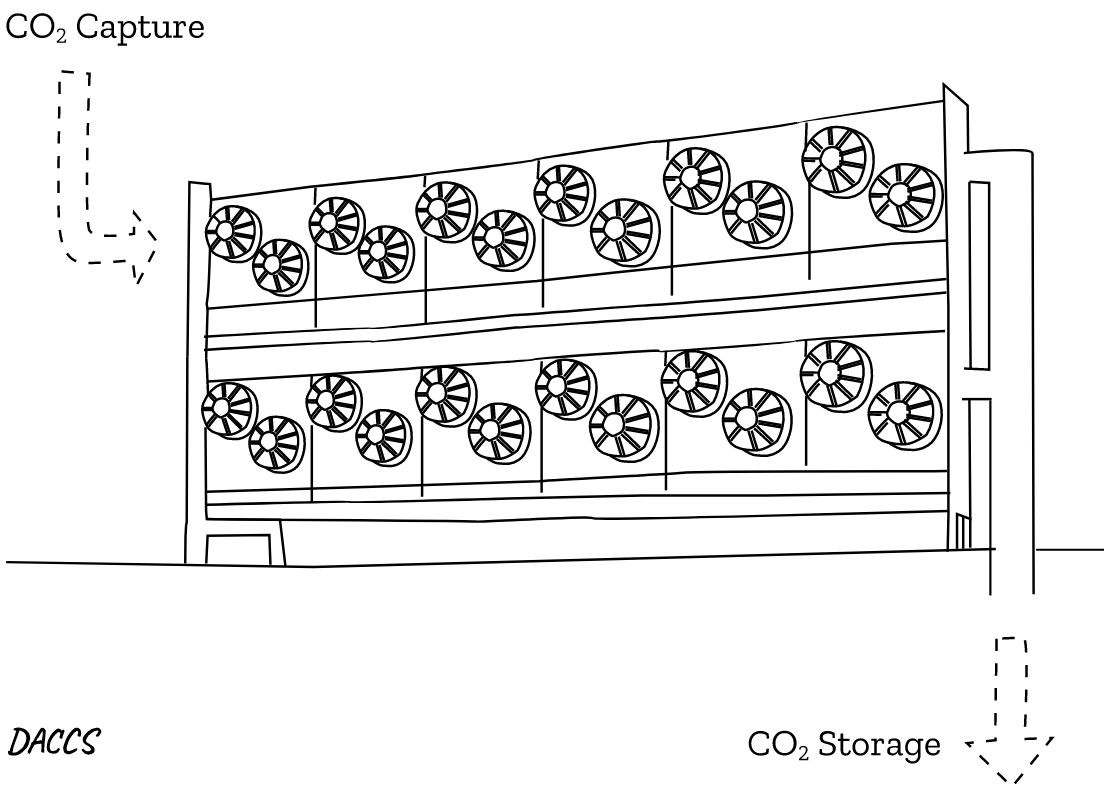Alina Brad at the Department of Political Sciences is leading this project on negative emissions technologies.
Description: Most climate change mitigation scenarios assign an important role to Carbon Dioxide Removal (CDR) in the limiting of global warming to 1.5°C or 2°C. Accordingly, the European Commission has included CDR in its climate strategy. However, many authors have raised concern that the expectations of future large-scale availability of CDR may delay or substitute emissions reduction, especially as an attempt to defer costly and politically challenging decarbonization. Such possible delay or substitution, often discussed as “mitigation deterrence”, poses a significant problem since major uncertainties exist as to whether carbon dioxide removal through CDR can adequately substitute for emissions reduction, and whether delivery of CDR is possible at scale. However, whether and how mitigation deterrence through CDR actually occurs in climate policy-making processes has hardly been examined to date. The project’s objective is to investigate whether and how expectations of future large-scale availability of CDR deter more ambitious climate change mitigation action in EU climate policy. To this end, it explores the sociotechnical imaginaries, institutional terrains, actors, and strategies which have shaped the integration of CDR into EU climate policy and traces evidence and mechanisms of mitigation deterrence within EU climate policy-making processes.
Collaborators: Etienne Schneider (University of Vienna), Miranda Böttcher, Oliver Geden (SWP Berlin), Sean Low (Aarhus University), Nils Markusson (Lancaster Environment Center, Lancaster University)
Duration: 4 years (15.05.2023 -14.05.2027)
